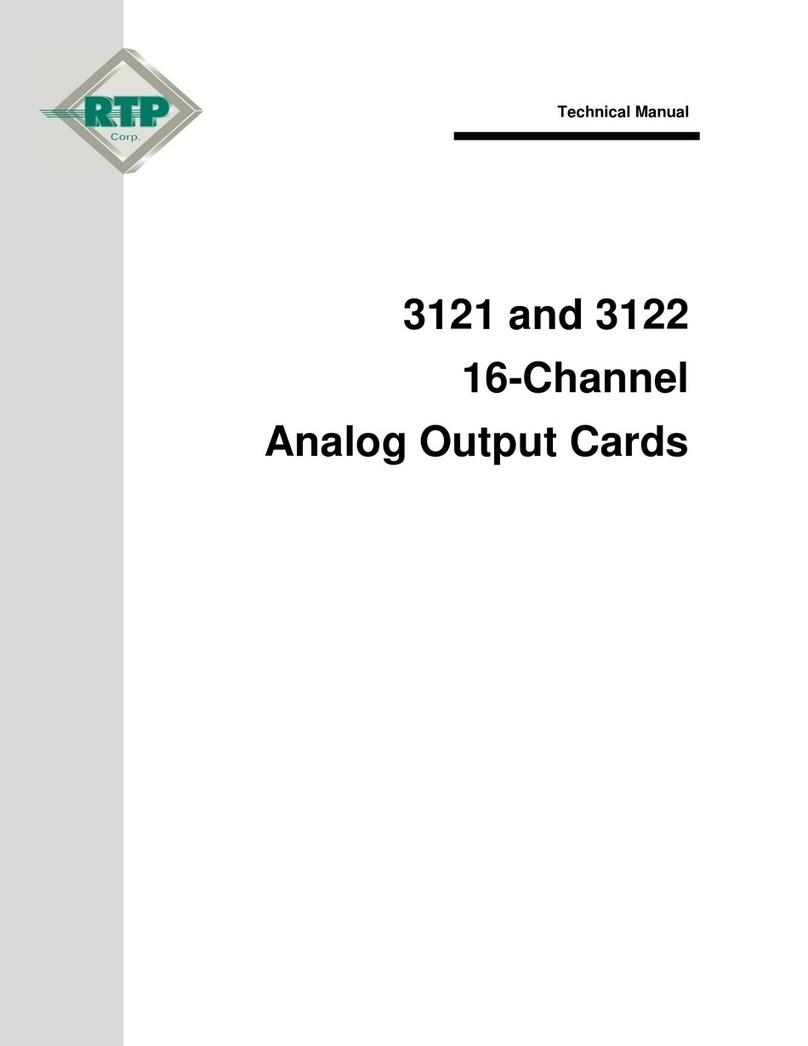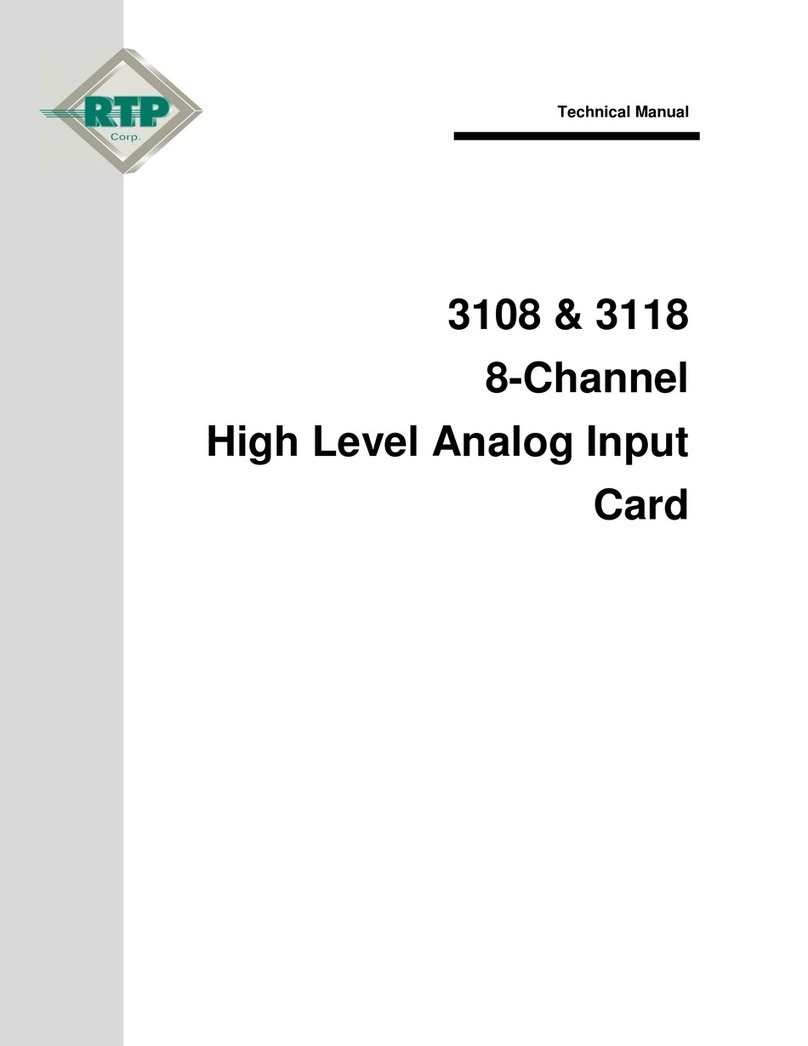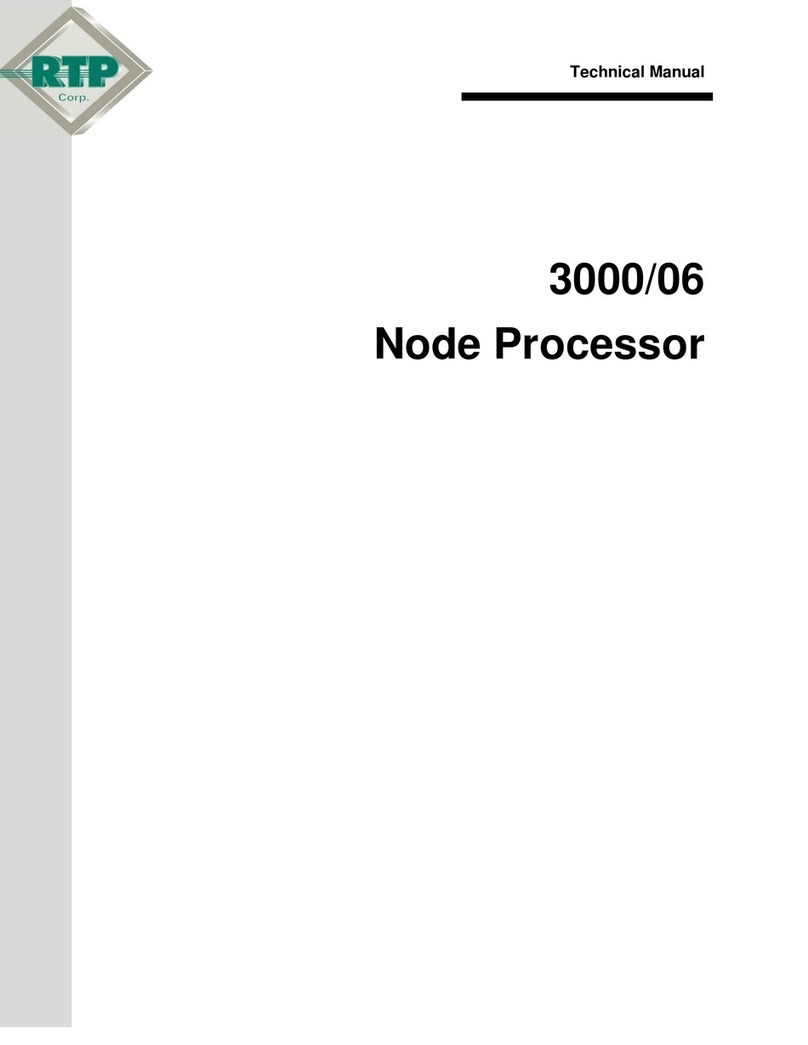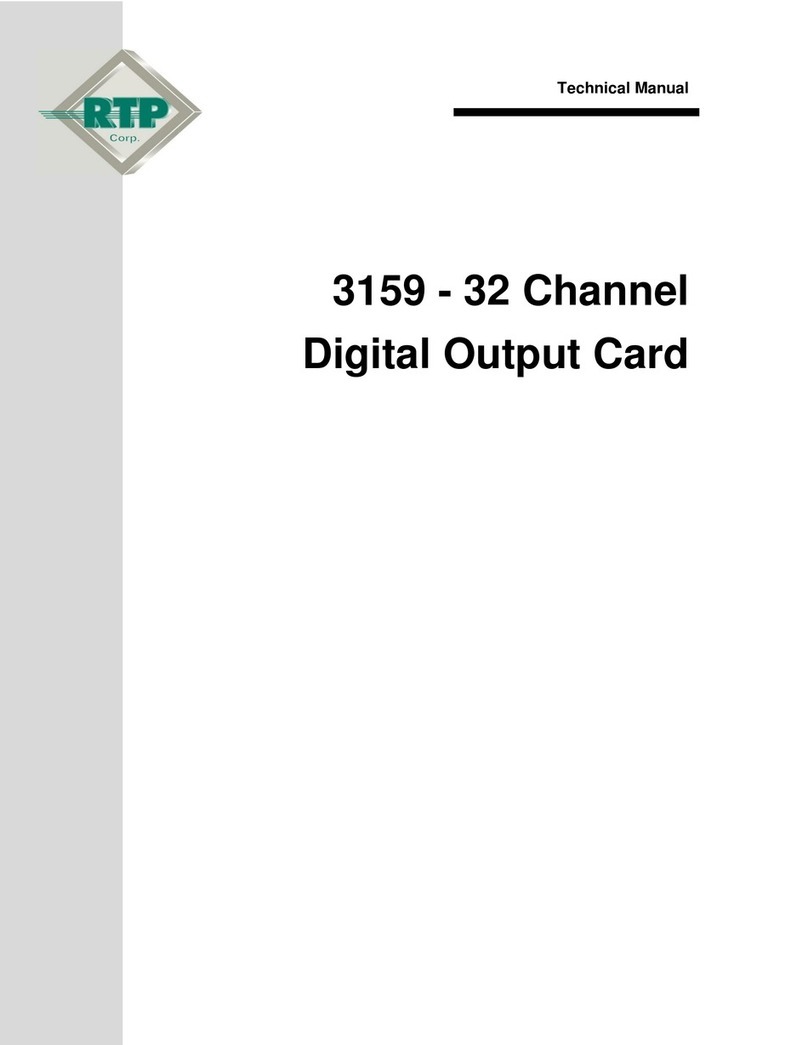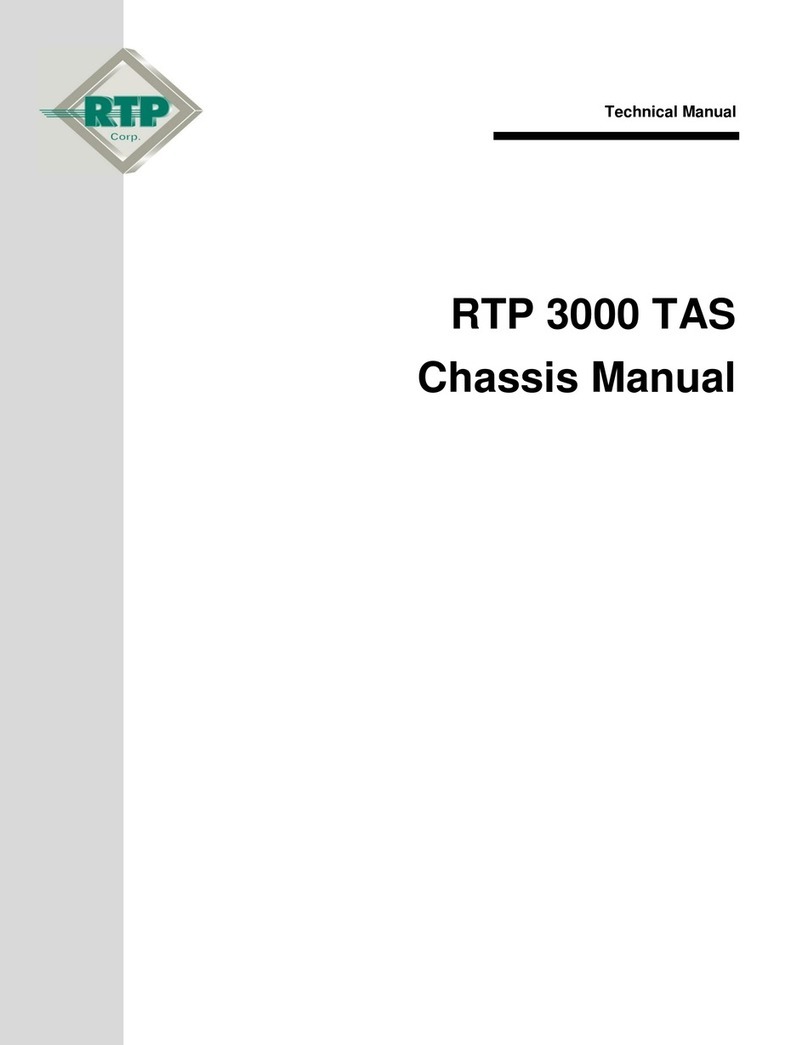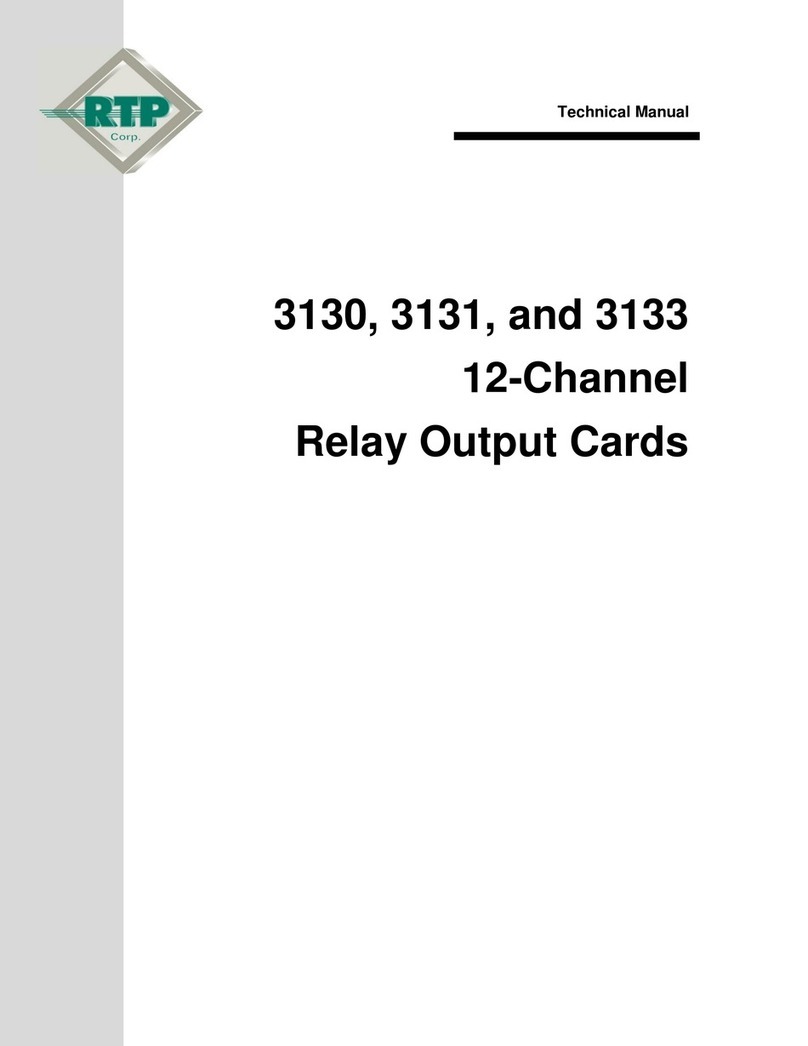
5
Specifications
Module Safety Integrity Level: SIL-2 with termination modules 3099/17-100 or 3099/24-100
SIL-3 with termination modules 3099/18
Card Address: Determined by the slot of the controller backplane
Number of channels: 16
Common Points between Channels: All channels are isolated from each other
Isolation Voltage: 500 Volts Field Output to Chassis Ground
250 Volts Channel to Channel
Type of protection: Optically isolated and fuse protected on termination modules
Maximum Peak Voltage: 600 Volts
Maximum permanent allowed
voltage (no damage): 240 VAC
Maximum Closed Circuit Current: 2 A per channel, fuse protected to 2 A slow acting
Total Output Current per Card: 32 A
Output Configuration: One non-latching Triac per channel
Maximum Power Per Channel: 480 VA
Minimum Load per Channel: 50 mA
Maximum Leakage Current
per Channel: 1.5 mA
Maximum Voltage Drop: 1.6 Volts at 2 A
Surge Current: 25 A peak for 25 ms repeated no more than 2 times per
second
Zero Switching Point: 0 ± 5 Volts, typical at 60 Hz
0 ± 20 Volts, maximum at 60 Hz
Critical Rate of Rise of 500 V/s minimum
OFF-State Voltage: 750 V/s typical
(Voltage transients with slopes lower than this specification
will not cause the triacs to turn on)
Critical Rate of Rise of 20 A/s repetitive
ON-State Current: 100 A/s non-repetitive
Critical Rate of Removal of 12 A/ms minimum
ON-State Current: 25 A/ms typical
Channel Self Tests: All channels are tested within 10 seconds.
Output Test Pulses: A channel is turned OFF for half an AC cycle.
Output behavior: During interruptions of MPU control, voltage dips and
interruptions and power up/down sequences, all channels
will be de-energized to the OFF state.






